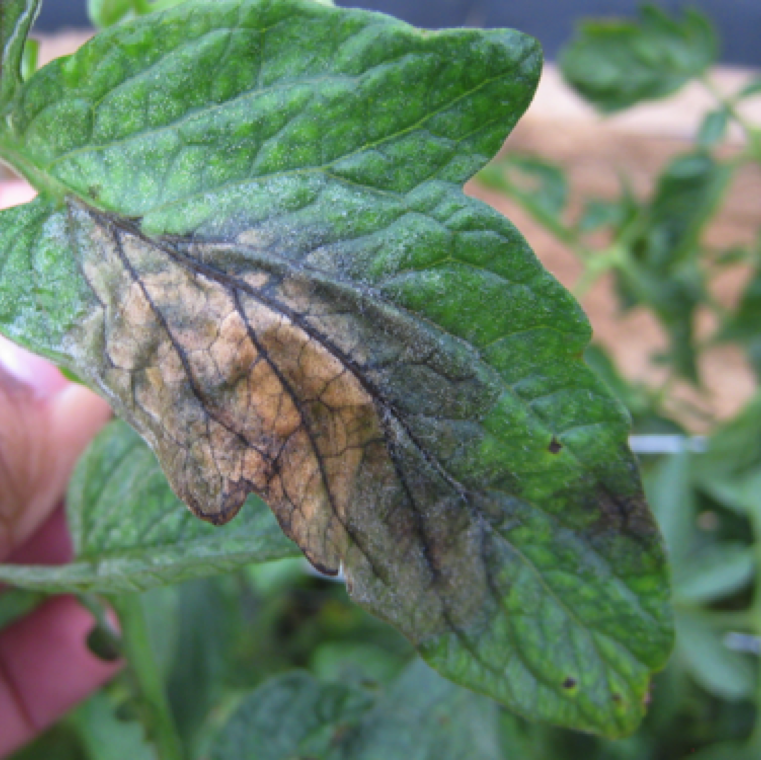Florida’s potato and tomato growers should be on alert. Late blight disease has been discovered on potato in the Immokalee, Florida area. That is according to a report from Glades Crop Care.

As a result, growers should scout susceptible crops and evaluate their fungicide programs if applications need to be made.
Systemic products become distributed locally within plant tissues and protect foliage from infection by spores. They may kill some established infections and may suppress production of new spores.
Protective applications of chlorothalonil are a grower’s first line of defense for managing late blight. Applications must be made when conditions are conducive for disease development and before infection occurs.
Temperatures between 50 degrees Fahrenheit (F) and 80 F combined with moist conditions such as rain, fog, heavy dews, or relative humidity above 90% favor the disease’s development. Night temperatures in the mid-50s with daytime temperatures from the mid-50s to the mid-70s are also ideal.
This disease can spread quickly and devastate a tomato or potato field within a few weeks if not properly controlled. Late blight symptoms on leaves appear as irregularly shaped brown to purplish lesions with indefinite border lesions that can span veins. The lesions may be seen any time of the day, on any stage of plant growth and on leaves of any age. Velvety, white fungal growth may appear on the lower surface of affected leaflets early in the morning before leaves dry in the lower canopy. Purplish lesions may be found anywhere on the stem. Cottony, white growth of fungus on stems with lesions can often be seen early in the morning and/or in the lower canopy. Stems with lesions are brittle and break easily. Leaf rolling and wilting is often associated with stem lesions and purpling of leaflets may occur in some varieties.
Consult current University of Florida Institute of Food and Agricultural Sciences (UF/IFAS) recommendations for all labeled fungicides for the control of late blight in Florida.










